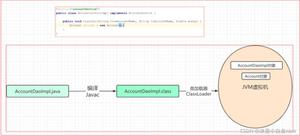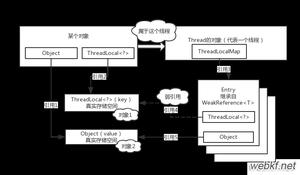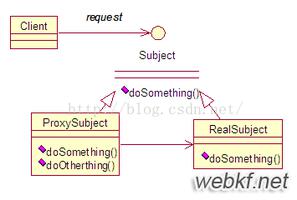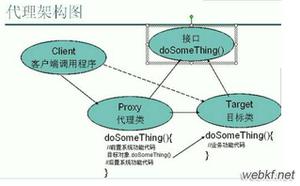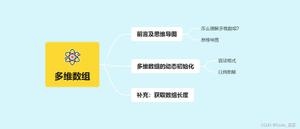Java动态代理

主要使用了java.lang.reflect中的Proxy类,
方法如下:
static Object newProxyInstance(ClassLoader loader, Class<?>[] interfaces, InvocationHandler h)
下面是利用JDBC做的测试,类似于重写了Connection的close方法。代码如下:
package com.victor_03;import java.lang.reflect.InvocationHandler;
import java.lang.reflect.Method;
import java.lang.reflect.Proxy;
import java.sql.Connection;
import java.sql.DriverManager;
import org.junit.Test;
public class MyPool {
private String url = "jdbc:mysql://192.168.244.144:3306/test";
private String user = "root";
private String password = "123456";
@Test
public void ProxyTest() throws Exception {
Class.forName("com.mysql.jdbc.Driver");
final Connection conn = DriverManager.getConnection(url, user, password);
Connection proxy = (Connection) Proxy.newProxyInstance(
conn.getClass().getClassLoader(), //类加载器
//目标对象实现的接口,因该Connection本来就是个结果,故使用这种方法,如果目标对象本身是类,则使用方式为:conn.getClass().getInterfaces()
new Class[] { Connection.class },
new InvocationHandler() { //当调用conn对象方法时,自动触发事务处理器
@Override
public Object invoke(Object proxy, Method method,
Object[] args) throws Throwable {
Object result = null;
String methodName = method.getName();
if ("close".equals(methodName)) {
System.out.println("开始执行close方法");
} else {
result = method.invoke(conn, args);
}
return result;
}
});
proxy.close();
}
}
以上是 Java动态代理 的全部内容, 来源链接: utcz.com/z/391908.html

